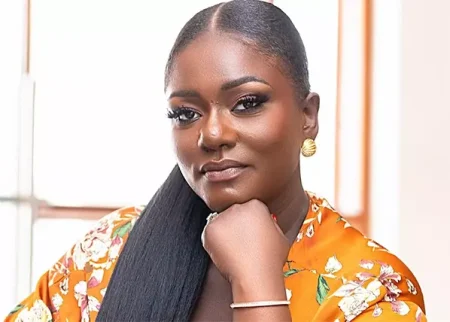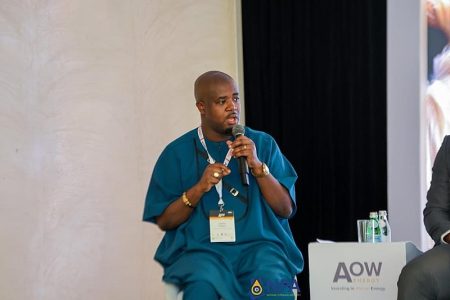Wendy Shay’s meteoric rise to fame with her hit song “Too Late” is a testament to the unpredictable and often serendipitous nature of the music industry, particularly in the age of social media virality. While Shay’s talent and the song’s inherent appeal laid the foundation, it was the unexpected contribution of a young dancer named Tracy that catapulted “Too Late” to unprecedented heights. Shay herself acknowledges Tracy’s pivotal role, describing her as an “angel” sent to bless her music career. Tracy’s dance video, which showcased innovative and captivating choreography set to the infectious rhythm of “Too Late,” resonated deeply with audiences across various social media platforms, transforming a moderately successful track into a viral sensation.
The initial release of “Too Late” saw modest success, indicating an underlying appreciation for the song’s melody and lyrics. However, its trajectory changed dramatically when Tracy’s dance video emerged on TikTok. The video quickly gained traction, spreading across other platforms like Facebook and Instagram, and sparking a global dance craze. Tracy’s energetic and expressive movements, perfectly synchronized with the song’s upbeat tempo, captured the attention of music enthusiasts, influencers, and even celebrities, creating a ripple effect that propelled “Too Late” into the mainstream consciousness. This unexpected surge in popularity can be attributed to the powerful combination of a captivating song and the visually engaging interpretation offered by Tracy’s dance.
The “Too Late” phenomenon underscores the significant influence of social media in shaping contemporary music trends. Platforms like TikTok have become breeding grounds for viral content, offering artists and creators unprecedented opportunities for exposure and engagement with a global audience. Tracy’s dance video tapped into this potential, leveraging the platform’s algorithm and the innate human desire to share engaging content. The resultant chain reaction of shares, likes, and imitations effectively bypassed traditional promotional strategies, creating organic momentum that propelled “Too Late” to the top of music charts and streaming platforms. This organic growth stands in stark contrast to the often-expensive and meticulously planned marketing campaigns employed by major record labels, highlighting the disruptive power of user-generated content in the digital age.
Tracy’s contribution extends beyond simply popularizing a song. Her dance interpretation added a new dimension to the “Too Late” experience, enriching its meaning and enhancing its emotional impact. The visual narrative created by her choreography provided a fresh perspective on the song’s themes, resonating with audiences on a visceral level. This symbiotic relationship between music and dance transformed “Too Late” from a pleasant auditory experience into a multi-sensory phenomenon, further amplifying its appeal. The video’s success highlights the increasing importance of visual elements in music consumption, transforming a simple song into a shareable and engaging multimedia experience. This synergy between audio and visual elements is a defining characteristic of the current music landscape, where music videos, dance challenges, and other visual content play a crucial role in a song’s success.
The unexpected success of “Too Late,” fueled by Tracy’s viral dance video, serves as a compelling illustration of the democratizing power of social media within the music industry. This case study demonstrates that creative talent can emerge from unexpected sources and gain recognition outside of traditional channels. It challenges the established notion that success in the music industry hinges solely on record label backing and extensive marketing budgets. In the digital age, an individual with a smartphone and a creative vision can ignite a global phenomenon, underscoring the shifting power dynamics in the industry and the growing importance of user-generated content.
In essence, the “Too Late” story is a modern parable of talent meeting opportunity in the digital realm. Wendy Shay’s artistic creation found its perfect complement in Tracy’s expressive dance, resulting in a synergistic collaboration that amplified both their talents and resonated with millions across the globe. This serendipitous convergence showcases the unpredictable magic of the internet, where a single act of creative expression can spark a global movement, transforming an unknown dancer into a viral sensation and a moderately successful song into a chart-topping hit. The story of “Too Late” is a testament to the evolving landscape of the music industry and the power of social media to connect artists with their audience in unprecedented ways. It serves as a reminder that in the digital age, anyone can become a star, and any song can become a hit, with the right combination of talent, creativity, and a little bit of luck.














